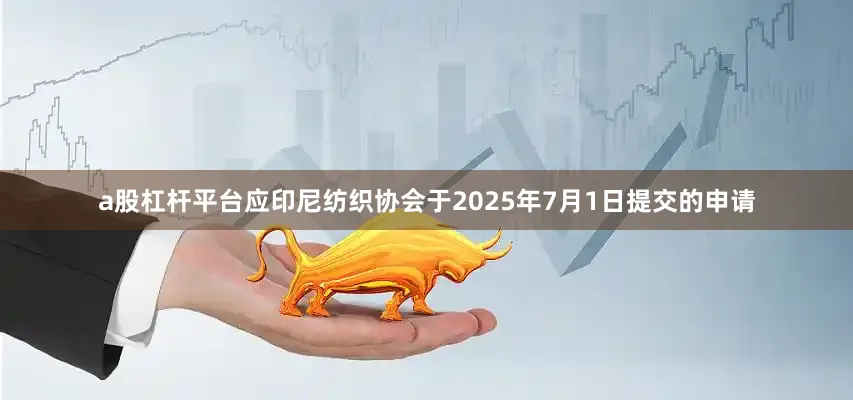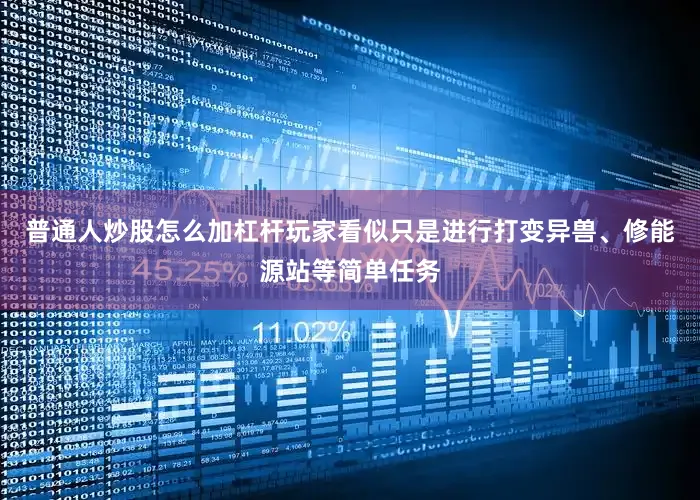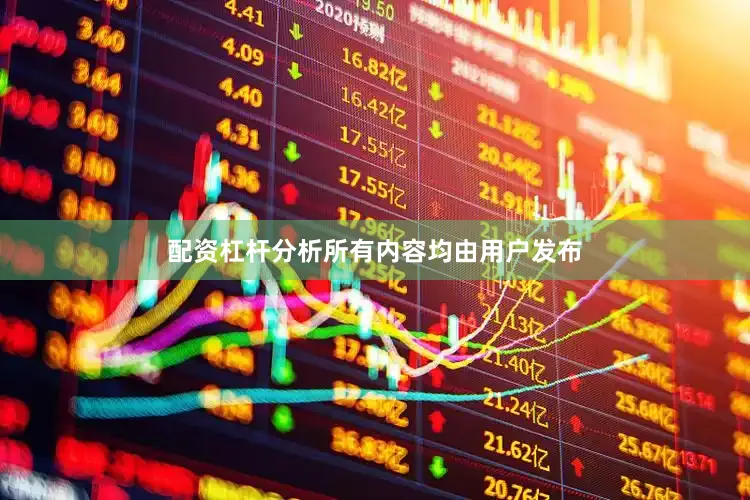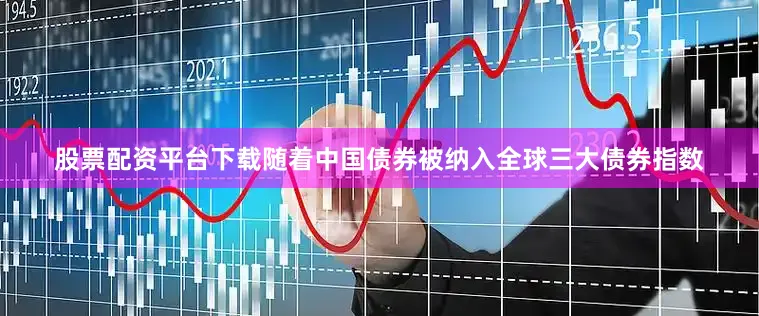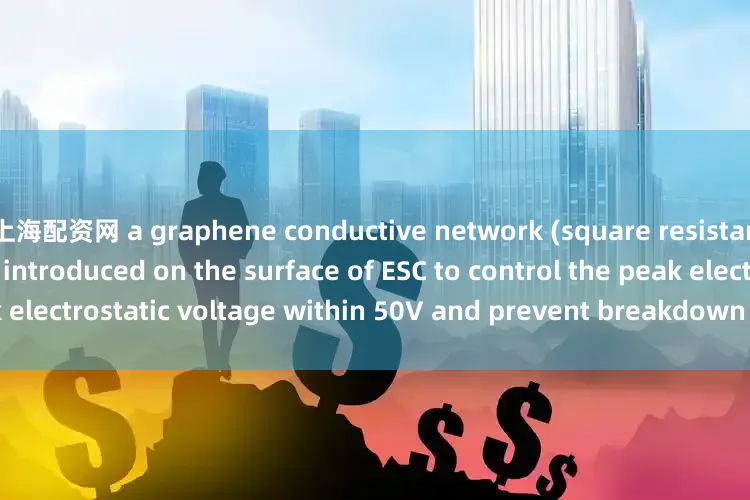
The electrostatic chuck (ESC) is a core component in semiconductor manufacturing equipment that enables precise fixation of wafers. It replaces traditional mechanical fixtures with Coulomb force adsorption principle, solving the problem of stress damage and positioning deviation in high-precision processes. In advanced processes below 7nm, the performance of ESC directly affects the yield of etching, deposition and other processes, and its technical barriers are mainly reflected in the collaborative innovation of material design and electric field regulation.
展开剩余80%1、 Core working principle and structural design
ESC uses an electrode layer (such as molybdenum/tungsten metal mesh) embedded in a ceramic substrate, applies direct current (DC) or radio frequency (RF) voltage to form an electrostatic field, and utilizes van der Waals force and mirror force to achieve wafer adsorption. Typical structures include:
Insulation ceramic layer: Made of 99.9% high-purity alumina (Al ₂ O3) or aluminum nitride (AlN) ceramics, with a dielectric strength>15kV/mm, ensuring no breakdown under high voltage;
Heating integrated layer: Built in tungsten resistance wire or graphite heating film, combined with PID temperature control system to achieve temperature uniformity of ± 0.5 ℃ (12 inch wafer);
Surface treatment layer: SiN ₓ or Al ₂ O3 nano coating (thickness 50-100nm) is deposited by magnetron sputtering to reduce particle contamination at the wafer adsorption interface (<0.1 μ m particle residual rate<0.1%).
2、 Breakthrough in Material Technology and Performance Barriers
Nano level optimization of ceramic substrates
Aluminum nitride ceramics, with a thermal conductivity of 170-230W/(m · K) (5 times that of aluminum oxide), can lower the wafer junction temperature by 20 ℃ in the etching of 5G power devices. By using the hot pressing sintering process to control the grain size to<1 μ m, the thermal expansion coefficient (4.5 × 10 ⁻⁶/℃) has an error of<5% in matching with the silicon wafer, avoiding wafer warping (<10 μ m) caused by thermal mismatch.
Electric field uniformity control technology
In the EUV etching equipment of TSMC's 3nm process, ESC optimizes the electrode layout through finite element simulation, controls the surface electric field gradient within ± 3%, and cooperates with a helium back cooling system (pressure 20-100Torr) to achieve a thermal resistance between the wafer and the chuck of<0.5K · cm ²/W, ensuring a uniform etching depth of ± 1%.
3、 Application challenges in advanced manufacturing processes
With the development of 3D IC technology, ESC is facing two major technological breakthroughs:
Ultra thin wafer adsorption: For thin wafers below 50 μ m, porous ceramic substrates (porosity 15-20%) are used in combination with negative pressure assisted adsorption to reduce interface stress to below 0.1 MPa and avoid the risk of cracking;
Electrostatic discharge (ESD) protection: In the manufacturing of AlGaN/GaN power devices, a graphene conductive network (square resistance<100 Ω/□) is introduced on the surface of ESC to control the peak electrostatic voltage within 50V and prevent breakdown of the device gate oxide layer.
发布于:广东省股票配资资讯第一门户网站,最新配资官网,配资世家股票平台提示:文章来自网络,不代表本站观点。
